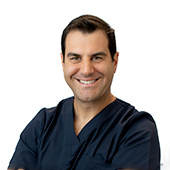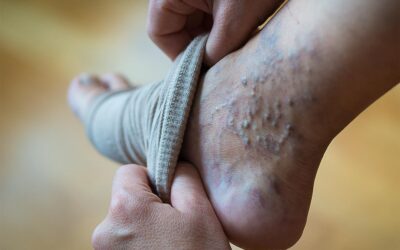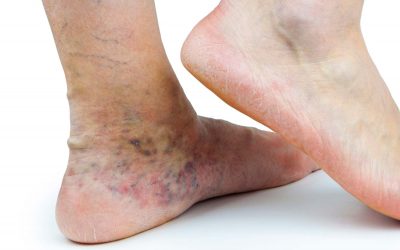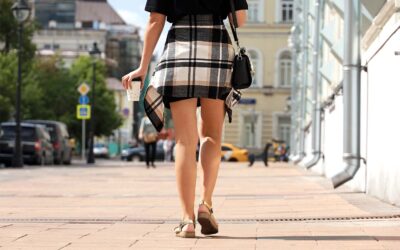Exercise is great for so many reasons. Regular physical activity comes with benefits like reduced risk of heart disease and cancer, lower blood pressure, strengthening of bones, joints & muscles, a lower risk of falls, and more. Can it also be credited with curing varicose veins? Let’s take a look at what varicose veins are and what causes them.
What are varicose veins?
Varicose veins occur when the one-way valves which run along the interior wall of your veins fail, and blood begins to leak backward (venous reflux). As the blood pools in these regions of the vein, the varicose vein bulges out on the surface of the skin. Sufferers may then begin to experience symptoms such as pain and aching, a feeling of heaviness and tiredness in the legs, sometimes burning, itching, or throbbing, and at night – cramping or restless legs. There are advanced symptoms that can develop if the varicose veins are not attended to, which may include venous eczema, swelling of the leg, hyperpigmentation, phlebitis and cellulitis, a thickening of the skin of the lower leg or ankle, venous ulcers, and in some cases, blood clot.
A common cause of varicose veins is a genetic predisposition (a family history of vein disease), but other risk factors include hormonal fluctuations brought on by pregnancy, hormonal replacement or contraception therapy, and obesity, prolonged sitting or standing. It’s also just an extremely common condition with about 30% of the population suffering from varicose veins in their lifetime.
Will exercise cure varicose veins?
Exercise cannot cure varicose veins. Without intervention from a health care professional, your veins will not heal themselves. It is more likely they will worsen as time goes on.
That doesn’t mean there’s no value in exercise for people with vein problems. On the contrary, exercise can help you to manage the symptoms of varicose veins and promotes good blood flow. The muscles of the legs play a part in returning the blood to the heart from the extremities. Each time the calf muscle contracts, it squeezes blood along your leg veins, then the one-way valves close to prevent backflow. So even if there are some sections of vein with damaged valves, exercise still helps blood circulation.
Exercise can help to relieve the swelling and soreness and may help to slow the progression of the disease; however, it won’t cure varicose veins.
Varicose Vein Treatment
Vein Health’s varicose vein treatments have the same goal: to damage and close the diseased vein. This causes blood to be rerouted to healthy veins, the treated section of vein to harden and gradually heal, by being absorbed into the body. Here’s how they do it:
Sclerotherapy involves injecting a sclerosant fluid that irritates the interior of the vein, causing it to seal closed.
Endovenous laser ablation involves inserting a laser fibre into the vein via a catheter. The laser is activated which damages the vein wall, causing it to seal closed.
Radiofrequency ablation involves inserting a radiofrequency fibre into the diseased vein. The fibre is activated causing a thermal reaction in the vein wall, which collapses the vein.
VenaSeal vein glue involves the injection of the glue directly into the vein under ultrasound guidance, the vein is pressed closed as it is injected, sealing the vein closed.
Your phlebologist (vein doctor) will decide on which treatment or combination of treatments will work best for you, based on the severity and location of the veins to be treated, after a thorough examination and duplex ultrasound.
Key Takeaways
- Varicose veins occur because of faulty one-way valves on the interior vein walls. Blood pools and the vein protrudes on the skin surface. Symptoms normally accompany this.
- The causes of varicose veins include genetic predisposition, pregnancy, hormonal replacement or contraception therapy, and obesity, prolonged sitting or standing.
- Exercise will not cure varicose veins.
- Read more about vein treatment: Ultrasound guided sclerotherapy, endovenous laser ablation, radiofrequency ablation, and VenaSeal.






